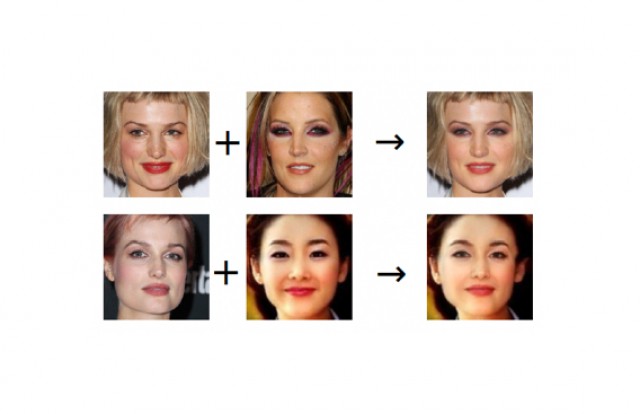
Projects

FACING2 – Face Image Understanding
The FACING-2 project aims to study and develop methods that allow exploring facial biometrics of hum...
Publications
Dealing with Overfitting in the Context of Liveness Detection Using FeatherNets with RGB Images
With the increased use of machine learning for liveness detection solutions comes some shortcomings like overfitting, where the model adapts perfectly to the training set, becoming unusable when used with the testing set, defeating the purpose of machine learning. This paper proposes how to approach overfitting without altering the model used by focusing on the input and output information of the model. The input approach focuses on the information obtained from the different modalities present in the datasets used, as well as how varied the information of these datasets is, not only in number of spoof types but as the ambient conditions when the videos were captured. The output approaches were focused on both the loss function, which has an effect on the actual ”learning”, used on the model which is calculated from the model’s output and is then propagated backwards, and the interpretation of said output to define what predictions are considered as bonafide or spoof. Throughout this work, we were able to reduce the overfitting effect with a difference between the best epoch and the average of the last fifty epochs from 36.57% to 3.63%.
- Date: 22/02/2023
- //
- Featured In: 12th International Conference on Pattern Recognition Application and Methods (ICPRAM). Lisbon, Portugal
- //
- Publication Type: Conference Papers
- //
- Author(s): Miguel Leão and Nuno Gonçalves
- //
- DOI: 10.5220/0011639600003411
- //
- Download File
- //
- Visit Website
Dealing with Overfitting in the Context of Liveness Detection
With this work it was possible to: - Conclude on the importance of a well-rounded dataset; - Mitigating overfitting, reducing the difference from the best epoch to the average of the last epochs from 36.57% to 3.63%. In the future: - Apply these conclusions in the making of a new model, keeping it as simple as possible; - Developing a dataset with as much variety as possible, be it in types of spoof, individuals and capture condition.
- Date: 27/10/2023
- //
- Featured In: RECPAD - 29th Portuguese Conference on Pattern Recognition. Coimbra (2023), Portugal
- //
- Publication Type: Poster
- //
- Author(s): Miguel Leão and Nuno Gonçalves
- //
- Download File
- //
- Visit Website